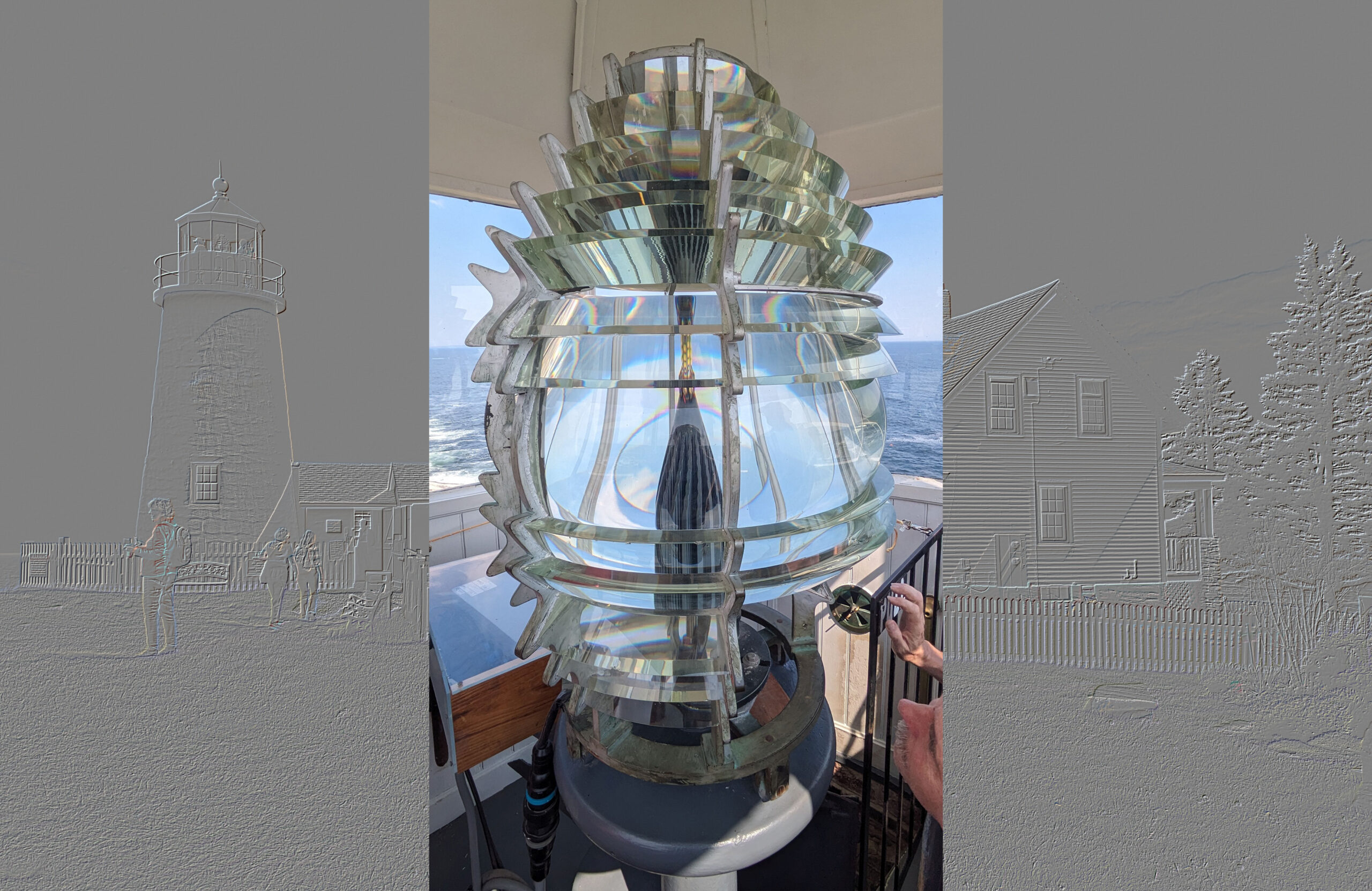
[Image above] Credit: Bronte Lockwood; Flickr CC BY-N.C. 2.0
Don’t you wish you could hide behind a real-life “cloak of invisibility” sometimes? Scientists hear you.
As we reported last year, the concept of the invisibility cloak is no longer consigned to the pages of J.K. Rowling’s fictional Harry Potter masterpieces. Scientists from the University of California, Berkeley are developing this technology for real-world applications. And the technology at work might even be scalable.
They call the technology an “ultrathin invisibility skin cloak for visible light”—which has been shown to conceal irregularly shaped objects from view by guiding light around it, rendering the objects invisible in certain wavelengths of light.
At the time the UC Berkeley research was published, the news didn’t run without a hard look at the technology’s limitations.
Boubacar Kante, an electrical engineer at the University of California, San Diego who was not involved in the study, explained to the L.A. Times that there are some potential complications with the U.C. Berkeley study.
“The work is interesting. However, the current cloak works only for a discrete wavelength of light—730 nm—and would have to cover more wavelengths to be effective at a larger scale,” Kante tells the L.A. Times.
Relying on metallic particles—like the brick-like gold antennas in the UC Berkeley study—can also be a disadvantage, according to Kante, because they can “actually make what they’re covering seem darker than their surroundings, which can be a dead giveaway.”
Fast-forward to this week, and researchers at the Cockrell School of Engineering at The University of Texas at Austin say they have been able to “quantify fundamental physical limitations on the performance of cloaking devices, a technology that allows objects to become invisible or undetectable to electromagnetic waves including radio waves, microwaves, infrared, and visible light,” according to a UT news release.
The researchers say that while it’s possible to use cloaks to perfectly conceal an object for a specific wavelength, “hiding an object from an illumination containing different wavelengths becomes more difficult the bigger the object,” the release explains.
Andrea Alù, an electrical and computer engineering professor and a leading researcher in the area of cloaking technology at UT, and Francesco Monticone, a graduate student, developed a framework to establish boundaries on the bandwidth capabilities of electromagnetic cloaks for objects of different sizes and compositions.
This new framework gives researchers the ability to calculate the expected optimal performance of invisibility devices for specific objects before investing time and money into design and development.
Cloaks are made from metamaterials—artificial materials with special properties that enable better control of the incoming wave—and can make an object appear invisible or transparent, the release explains. The new framework and bandwidth boundaries outlined by Alù’s team applies to cloaks made of passive metamaterials, which don’t require energy from an external power source.
Alù says that “understanding the bandwidth and size limitations of cloaking is important to assess the potential of cloaking devices for real-world applications, such as communication antennas, biomedical devices, and military radars.”

Graph showing the trade off between how much an object can be made transparent (scattering reduction; vertical axis) and the color span (bandwidth; horizontal axis) over which this phenomenon can be achieved. Red line represents the optimal performance achievable by a passive cloak, dividing the graph in realizable and forbidden regions. Credit: Cockrell School of Engineering
So, the release explains, it’s possible to cloak a medium-size antenna from radio waves over relatively broad bandwidths for clearer communications, but it’s a long shot to use this technology to cloak large objects—like a person or military vehicle—from visible light waves, which are much shorter than radio waves.
“We have shown that it will not be possible to drastically suppress the light scattering of a tank or an airplane for visible frequencies with currently available techniques based on passive materials,” Monticone says in the release. “But for objects comparable in size to the wavelength that excites them (a typical radio-wave antenna, for example, or the tip of some optical microscopy tools), the derived bounds show that you can do something useful, the restrictions become looser, and we can quantify them.”
The researchers hope their new framework can also help clear up some myths about the potential for cloaks to invisibly conceal human-scale objects.
“The question is, ‘Can we make a passive cloak that makes human-scale objects invisible?’ ” Alù says. “It turns out that there are stringent constraints in coating an object with a passive material and making it look as if the object were not there, for an arbitrary incoming wave and observation point.”
Using this new framework as a guide, the researchers say they can focus on developing more practical applications for this technology.
“We can aim for looser forms of invisibility, as in cloaking devices that introduce phase delays as light is transmitted through, camouflaging techniques, or other optical tricks that give the impression of transparency, without actually reducing the overall scattering of light,” says Monticone.
Alù’s lab hasn’t written off the potential for active cloaks just yet—they’re working on concepts for active cloaks that use metamaterials plugged to an external energy source to help achieve those broader transparency bandwidths needed for better invisibility.
“Even with active cloaks, Einstein’s theory of relativity fundamentally limits the ultimate performance for invisibility,” Alù says. “Yet, with new concepts and designs, such as active and nonlinear metamaterials, it is possible to move forward in the quest for transparency and invisibility.”
The research, published in Optica, is “Invisibility exposed: physical bounds on passive cloaking” (DOI: 10.1364/OPTICA.3.000718).
Author
Stephanie Liverani
CTT Categories
- Material Innovations
- Optics


